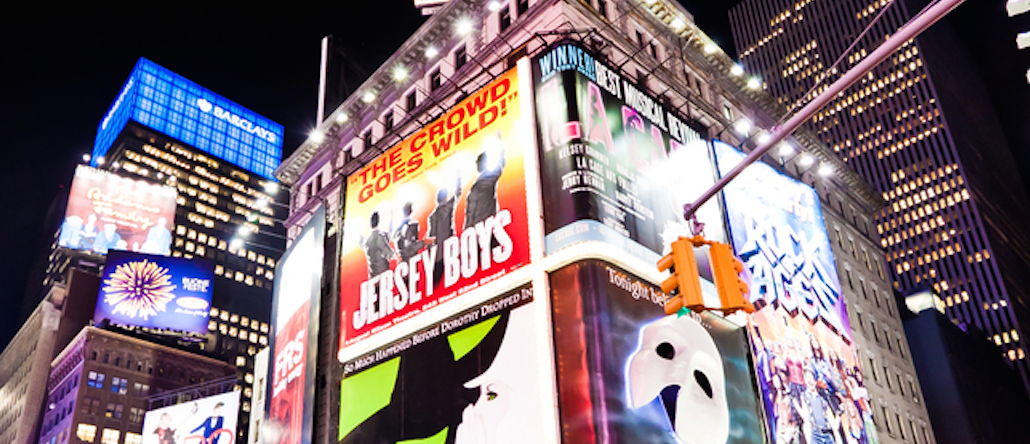
The downward spiral of digital ad rates and need for advertisers to get their message noticed has turned many publishers’ sites into the online equivalent of the Las Vegas strip, with overlay, interstitial and pushdown ad units.
But with more consumers using ad blockers, enabled by Apple’s recent move to enable the function on its mobile phones and tablets, some publishers and agencies foresee a dampening of the use of such ad units.
“It’s a wakeup signal for advertisers to try to be more relevant, for publishers to try to not be as obnoxious,” said Ben Kunz, vp of strategic planning at Mediassociates. “Marketers are really interested in providing richer experiences that tell the story at a deeper level that hopefully are more targeted. But there’s this concurrent trend where people are upset at the clutter. We’ve had some [clients] saying we’re not interested in high-impact ads. It’s too intrusive.”
That’s potentially going to mean a big headache for publishers that have become increasingly reliant on such units to keep the lights on. Indeed, the frequency of such high-impact units has been on the rise, according to recent data from Moat.
Ads that blockers consider intrusive (it’s subjective) are going to be more likely to be blocked, said Jonah Goodhart, founder of Moat. Early data from Moat Ad Blocking Analytics suggests 10 to 15 percent of all premium publishers’ desktop ad inventory is being blocked. On mobile, less than 5 percent is blocked, but that may change quickly, he said.
Blockers could spell the end of the standard display banner ads, predicted Eric Franchi, co-founder of digital ad company Undertone. “They are largely ignored by users (or worse, creep them out because of excessive retargeting) and don’t monetize well for publishers,” he said.
The ad blocking phenomenon isn’t occurring in a vacuum, of course. Advertisers’ and agencies’ concerns about non-viewable ads and fraudulent ad views have already been forcing publishers to adopt viewability and other ad-safe standards (not to mention push harder to develop other revenue streams, like subscriptions and events). A rarified few publishers have content that’s valuable enough that their visitors might overlook a bad user experience. But for most, the spectre of ad blocking provides yet another reason for them to make sure their ad practices don’t turn off users.
It’s not just obnoxious or oversized ads that people don’t like. Anecdotally, the biggest complaints from readers are about autoplay ads that use up a lot of bandwidth, but also irrelevant ones that are repeatedly targeted to them — which publishers have less control over, said Trevor Fellows, head of global ad sales for The Wall Street Journal.
However, there’s a limit to the impact any one publisher can have, because bad-actor publishers can spoil things for more responsible players by inducing people to use ad blockers, Fellows said. While the Journal has avoided highly intrusive ads and auto-play video ads, he said, “I’m not sure that even if you do that, that’s enough. We all recognize, people are going to come across less-than-best practices.”
More in Media

From sidelines to spotlight: Esports events are putting creators center stage
Esports events’ embrace of content creators reflects advertisers’ changing priorities across both gaming and the wider culture. In the past, marketers viewed esports as one of the best ways to reach gamers. In 2025, brands are instead prioritizing creators in their outreach to audiences across demographics and interest areas, including gaming.

Condé Nast and Hearst strike Amazon AI licensing deals for Rufus
Condé Nast and Hearst have joined the New York Times in signing a licensing deal with Amazon for its AI-powered shopping assistant Rufus.

Media Briefing: AI payouts may be entering a new era
AI compensation is evolving — and new models, not just publisher demands, are driving the shift beyond flat-fee licensing.





